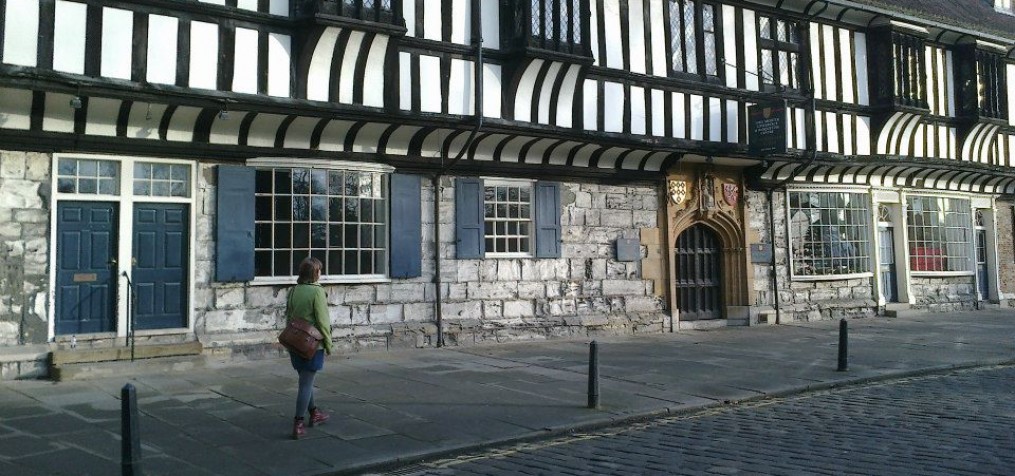This is the first entry I will make in my shiny new blog, created on an impulse because of the huge amount of stuff banging about in my skull, which I think might be useful (if only to myself) when put into some sort of coherent prose.
Originally – all of about 30 minutes ago – my intentions were entirely academic, but I have a feeling that it would make for tedious reading and prompt abandonment on both my part and the parts of any potential readers. So here I will talk about my ventures into the world of academia and my currently unarticulated convictions about interpretation and representation in archaeology.
Perhaps the main reason that I suddenly feel the need to jot down thoughts and feelings on the subject is that I’ve decided I must write a book. It all started because of my never-ending and futile search for good prehistoric fiction. I can’t let go of this interest in Prehistory and, for all that I’ve enjoyed the past three years of reading scholarly papers on the subject, I just wish I could relax into a good bit of well researched and well written fiction that caters to my most passionate interest. My searches, thus far confined to Google and sites like goodreads.com and fantasticfiction.com, have turned up English and mainly French works written in the first half of the 20th century, and the odd, rather flimsy attempt at an empowering feminist saga. Of course Jean M. Auel’s best-selling Earth’s Children books have been a huge inspiration to me and no doubt numerous others who have delved into prehistoric fiction. As yet they are the only examples of prehistoric fiction that are, despite several reservations that I may outline in future entries, truly worthy of academic merit as well as being engaging fictional works.
With the development of post-processual archaeology, it has (relatively) recently been suggested that academic pursuits of the past in the form of fictional writing may well have a significant amount of scholarly merit. The 1999 volume by Mark Edmonds concerned with Neolithic life-ways in Britain is a prime example of such tentative advances towards story-telling as a form of communicating archaeological theory.
So if I can’t find it, I’m going to have to write it myself. What I want to create is a work of fiction, accessible to anyone with an interest in our human past, which is also acceptable as a work of informed intellectual enquiry. Even the academic claiming he or she is carrying out their research in a strictly scientific manner, after all, must admit that the prehistoric cultures after which they chase are almost impossible to truly know. All prehistoric archaeology is theory; unavoidably socially constructed and, for a large percentage of the time, entirely speculative. As someone who has dealt with the data and theories relating to prehistoric Europe, but is not inherently academic, I can truly see the worth of fiction as a form of archaeological interpretation.
Another reason for the creation of the blog is that I fully intend to continue on my path into the world of academic archaeology. I’m currently applying for the Digital Heritage masters course at York University, and if I manage to get a place then I’ll try to write about my experiences and opinions of various encounters I may have with all things archaeology and perhaps some things not.
